Why Spain is a great place for kids
Choosing the city that's right for you
Choosing the visa that's right for you
More than just great weather
Why Spain provides a better quality of life

How we Plan

What we pack
Choosing Travel Insurance
Book Your Hotel
with Booking.com
Book Your Car
with RentalCars.com
Book Your Flight
with Skyscanner.com
Book Your Tour
with GetYourGuide.com

Our Camera Gear

How We Fly
Choosing Your Destination
9 Fabulous Things to Do in
Bangkok
Thailand’s vibrant capital is a city of contrasts where modern skyscrapers coexist with ancient temples.

Let’s take a stroll through Bangkok, a city that seizes one’s senses with its vibrant chaos and serene sanctuaries. This city was our first foreign country love. The city we’ve returned to the most. When we first backpacked it way back when, and saw Scandinavian children playing on the seedy Khao San Road, my wife and I swore we would return with our kids if given the chance. And we did.
This magical city is where tradition and modernity blend seamlessly. The Grand Palace, with its intricate beauty, though crowded as it is now, stands as a magnificent beacon of Thailand’s rich cultural history.
From the lively stalls at Chatuchak Weekend Market to the tranquil escape of Lumpini Park, each corner of Bangkok reveals a new story. Let the city’s lively rhythm lead you to discover its soul, from the sacred serenity of Wat Pho’s Reclining Buddha to the enchanting views from Wat Arun.
Experiencing Bangkok under the spell of its warm evenings is akin to witnessing the city paint its own lively portrait.
This 9 Fabulous Things to do in Bangkok guide weaves together a tapestry of our experiences and memories (five times we’ve been). And we urge you to craft your own unforgettable narrative in the heart of this mesmerizing city.
1. Grand Palace & Wat Phra Kaew: A Glimpse into Thailand's Royal Splendor

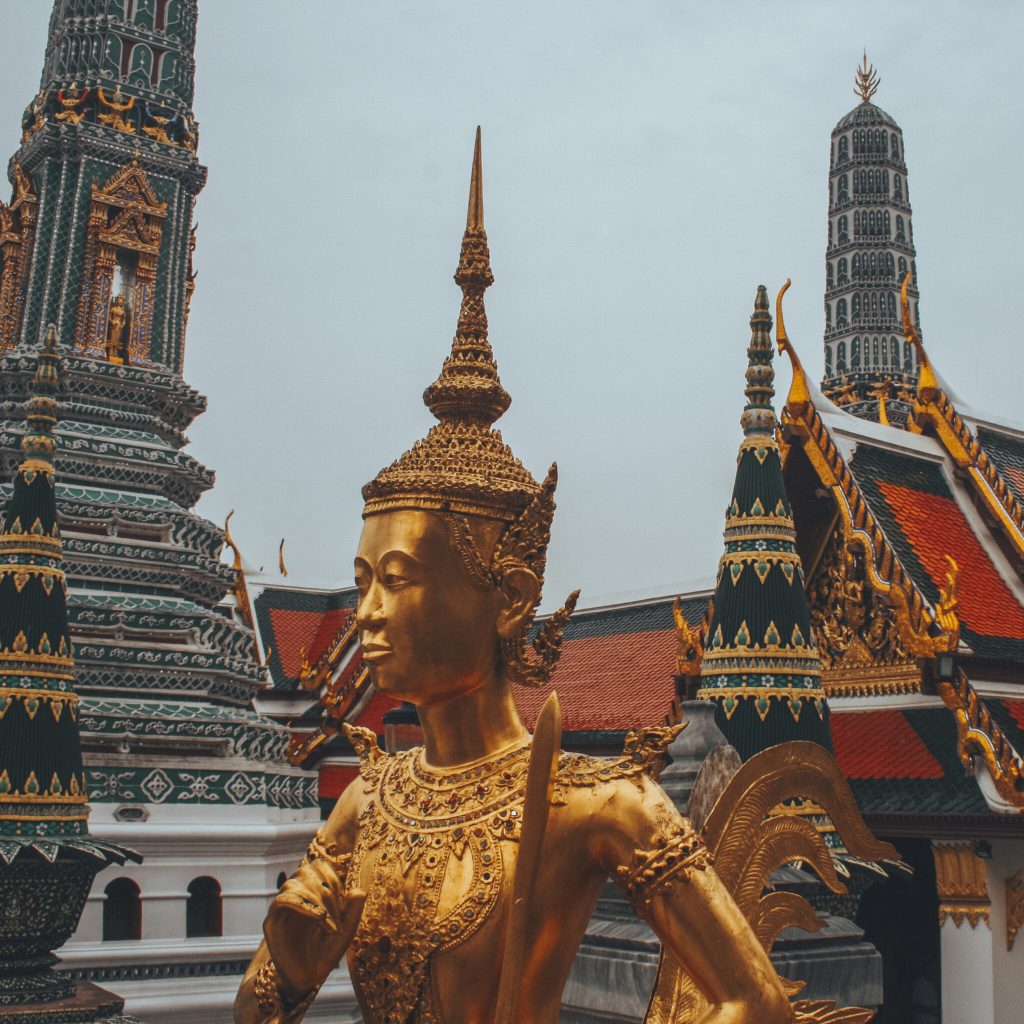
Price: Entry to the Grand Palace and Wat Phra Kaew costs approximately 500 THB per person. Children under 120 cm are free.
Best Time to Visit: The cool season from November to early February offers pleasant weather, making it the ideal time to explore these majestic sites. Personally, we enjoy the summer monsoon season.
How to Get There: Easily accessible by taxi, tuk-tuk, or bus, the Grand Palace is most conveniently reached by taking the Chao Phraya River Express Boat to the Tha Chang Pier, followed by a short walk. Very important to ignore tuk-tuk drivers who will tell you it’s closed. It’s a common scam. They want to take you to stores to buy jewelry instead. It’s called the Lucky Buddha Scam.


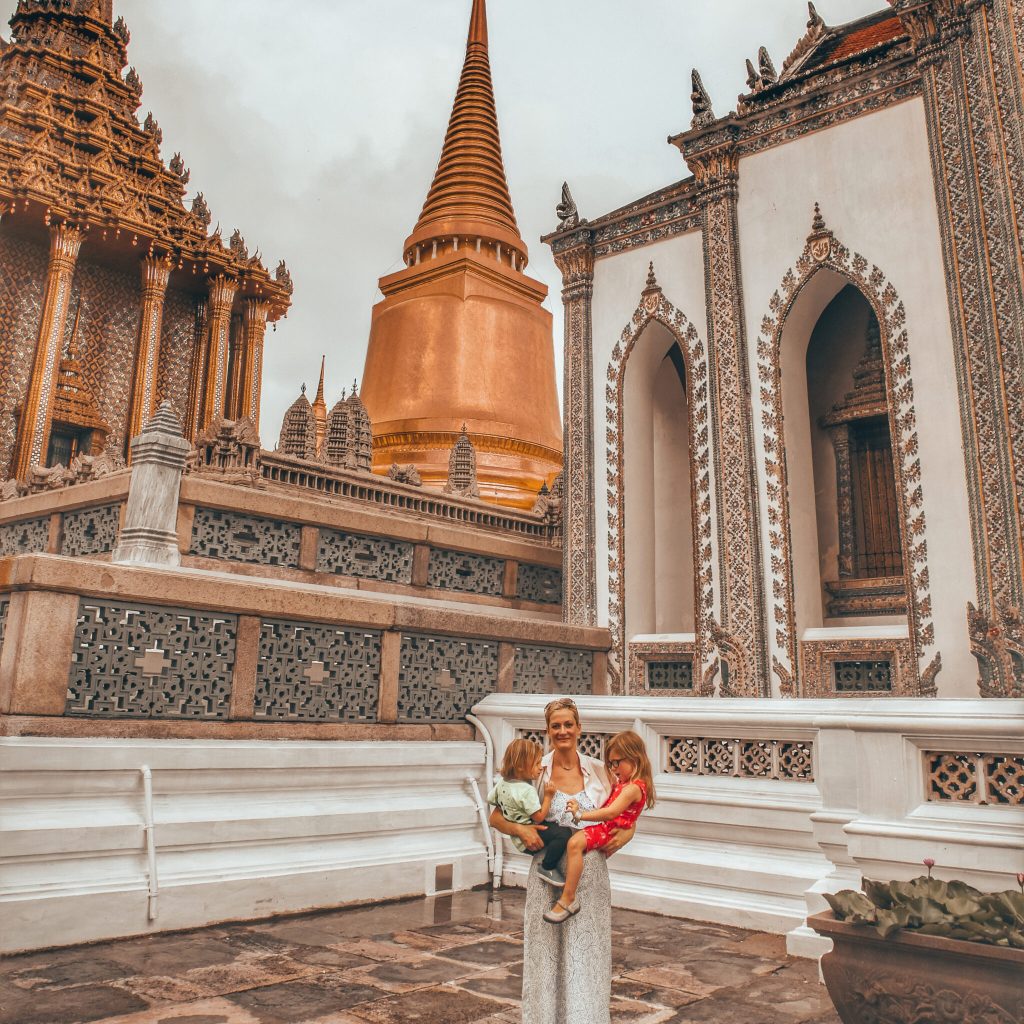

Brief History
The Grand Palace has stood as a symbol of Thai monarchy and splendor since its establishment in 1782. This historic complex was built under the reign of King Rama I, marking the transfer of the capital from Thonburi to Bangkok. It has since been the official residence of the Kings of Siam (and later Thailand), although the present monarch resides elsewhere, the palace continues to be used for official events.
Within the precincts of the Grand Palace lies Wat Phra Kaew, the Temple of the Emerald Buddha. This temple, arguably the most important Buddhist temple in Thailand, houses the Emerald Buddha, a sacred religious icon meticulously carved from a single block of jade. The image has a rich history that dates back to the 15th century and is considered the protector of Thailand. The Emerald Buddha resides in a state of high reverence; only the King of Thailand is permitted to touch the statue, in a ritual where the Buddha’s garments are changed with the seasons, symbolizing the country’s prosperity. Quick note – when you take off your shoes to visit the Buddha, you must be careful as to not point your feet at others, as this is considered rude.
The architecture of the Grand Palace and Wat Phra Kaew is a stunning showcase of traditional Thai craftsmanship, with intricate details, towering spires, and splendid murals depicting the Ramakien (the Thai version of the Indian epic, the Ramayana). The complex’s layout consists of over 100 buildings, symbolizing the cosmological centers of the universe in Buddhist and Hindu traditions.
A visit to the Grand Palace and Wat Phra Kaew offers not just a glimpse into the opulent past of Thailand’s monarchy but also a profound insight into the spiritual heart of the Thai people. This iconic landmark is a testament to the country’s rich cultural heritage and enduring faith, making it an essential experience for anyone seeking to understand the essence of Thailand.


Where to Stay When Visiting the Grand Palace & Wat Phra Kaew
When visiting the Grand Palace and Wat Phra Kaew in Bangkok, finding the perfect place to stay enhances your experience by blending comfort with convenience. Here are four top accommodation options (other than the Lebua, see below) that offer a unique blend of Thai elegance and modern amenities, ensuring your visit is both memorable and comfortable:
Siam Kempinski Hotel Bangkok– This luxurious hotel offers direct access to the Siam Paragon Shopping Mall, lavish rooms, and exceptional service, ensuring a comfortable stay with a blend of modern amenities and traditional Thai hospitality.
Chakrabongse Villas – For a more intimate experience, these boutique villas set in a beautiful historic home offer stunning views of Wat Arun and the Chao Phraya River, providing a tranquil oasis in the heart of Bangkok.
Riva Arun Bangkok– Situated along the Chao Phraya River, this stylish boutique hotel offers spectacular views of Wat Arun and Wat Pho. Its central location makes it an ideal base for exploring the nearby Grand Palace and other historical sites.
The Okura Prestige Bangkok – Combining Japanese elegance with Thai hospitality, this hotel offers luxurious accommodations, fine dining, and a cantilevered pool with city views, all located within easy reach of Bangkok’s cultural landmarks.
Each of these accommodations provides a distinct experience, from luxurious indulgence to serene boutique settings, ensuring your visit to the Grand Palace and Wat Phra Kaew is as comfortable as it is culturally enriching.


Why Visit Grand Palace and Wat Phra Kaew
Visiting the Grand Palace and Wat Phra Kaew in Bangkok is a journey into the heart of Thai culture, history, and spirituality. Here’s why this iconic destination is a must-visit on your Bangkok itinerary:
Architectural Marvel: The Grand Palace complex showcases stunning Thai architecture, with intricate details, towering spires, and elaborate decorations that reflect the craftsmanship and artistry of Thai builders over centuries.
Cultural Significance: The Grand Palace has been the ceremonial and administrative heart of Thailand since the 18th century. It symbolizes the Thai monarchy’s role in the nation’s history and cultural identity.
Spiritual Heart: Wat Phra Kaew, or the Temple of the Emerald Buddha, houses Thailand’s most sacred Buddha image. The temple’s spiritual significance for Thai Buddhism is unparalleled, offering visitors a profound sense of peace and reverence.
Historical Journey: The Grand Palace’s history mirrors the evolution of Bangkok and Thailand. Exploring its halls, courtyards, and temples offers a deep dive into the stories and events that have shaped the nation.
Artistic Treasure Trove: From murals depicting epic tales to meticulously crafted statues and the intricate Emerald Buddha, the Grand Palace and Wat Phra Kaew are a feast for the eyes and spirit, showcasing the pinnacle of Thai artistry.
Educational Experience: A visit is not just about admiration but also learning about Thai history, religion, and royal traditions. It’s an educational journey that enriches one’s understanding of Thailand’s rich cultural tapestry.
Photographic Paradise: Every corner of the Grand Palace offers a picturesque setting, making it a paradise for photographers eager to capture the essence of Thai culture and architecture in their frames.
In essence, the Grand Palace and Wat Phra Kaew are more than just tourist destinations; they are the living, beating heart of Thailand’s royal history, Buddhist spirituality, and cultural pride. A visit here offers a unique blend of awe, education, and spiritual enrichment, making it an unforgettable experience for any traveler.
2. Reclining Buddha (Wat Pho): Embracing Serenity and Wisdom


Price: The entry fee for Wat Pho is around 200 THB per person, which grants access to the temple complex, including the hall of the Reclining Buddha.
Best Time to Visit: Early morning, right at opening time around 8 AM, is ideal to avoid the crowds and midday heat. The serene atmosphere of dawn offers a more personal experience with the Buddha.
How to Get There: Wat Pho is centrally located in Bangkok’s historic district, easily reachable by taxi, tuk-tuk, or public transport. The nearest riverboat pier is Tha Tien, which offers a scenic route across the Chao Phraya River from the Grand Palace. Still be aware of the Lucky Buddha scam local tuk-tuk drivers will try on you.



A Brief History
The Temple of the Reclining Buddha stands as a symbol of tranquility and spiritual significance in the heart of Bangkok, near to the Grand Palace. With its origins tracing back to the 16th century, Wat Pho holds the distinction of being among Bangkok’s oldest temples, embodying centuries of history, culture, and religious devotion.
The temple underwent significant expansions and renovations under the patronage of King Rama I in the 19th century, further elevating its status within the Thai cultural and religious landscape. King Rama I’s contributions have left an indelible mark, transforming Wat Pho into a comprehensive complex that not only serves as a place of worship but also as a center for learning and medicine.
At the heart of Wat Pho lies its most famous and revered resident, the majestic Reclining Buddha statue. This colossal figure, stretching an impressive 46 meters in length and 15 meters in height, is adorned with gold leaf, capturing the Buddha in a state of serene Nirvana. The statue’s pose and the symbolism it carries are profound, representing the Buddha’s final moments of enlightenment and his entry into Nirvana, free from the mortal coil and earthly desires.
Beyond its spiritual significance – and this is almost too incredible to believe! – Wat Pho is also celebrated as the birthplace of traditional Thai massage. This ancient practice, deeply rooted in the healing traditions of Thailand, has been preserved and passed down through generations. The temple’s on-site school continues to educate and train practitioners in the art of Thai massage, promoting physical and spiritual well-being.
Visiting the Reclining Buddha at Wat Pho offers more than just a glimpse into Thailand’s religious practices; it provides a journey through the rich tapestry of Thai history, culture, and art. The temple’s intricate architecture, the peaceful ambiance, and the profound spiritual experiences it offers make it an essential destination for travelers seeking to connect with the essence of Thailand’s Buddhist heritage.


Book Your Flight
Where to Stay When Visiting Wat Pho
For those planning to visit the enchanting Wat Pho and marvel at the Reclining Buddha in Bangkok, choosing the right accommodation can greatly enhance your experience. Here are top places to stay, offering a range of options from luxurious to budget-friendly, all conveniently located to make the most of your visit:
Arun Residence: This riverside hotel provides comfortable rooms with free Wi-Fi and is only 1.5 km away from the Grand Palace. It’s known for its phenomenal views and the feeling of being inside a film, making it a unique stay.
Feung Nakorn Balcony Rooms and Cafe: Situated a mere 15-minute walk from the vibrant Khaosan Road, this hotel caters to a range of budgets with its vintage-style accommodations. Besides its good location and friendly staff, it offers free laundry services, adding to your convenience.
CORRIDOR 2407: Located in Bangkok Old Town, this hotel is within walking distance to the Grand Palace and Chinatown, making it ideal for those looking to explore on foot. The hotel is brand new and offers a shared lounge and free WiFi, ensuring a comfortable stay.
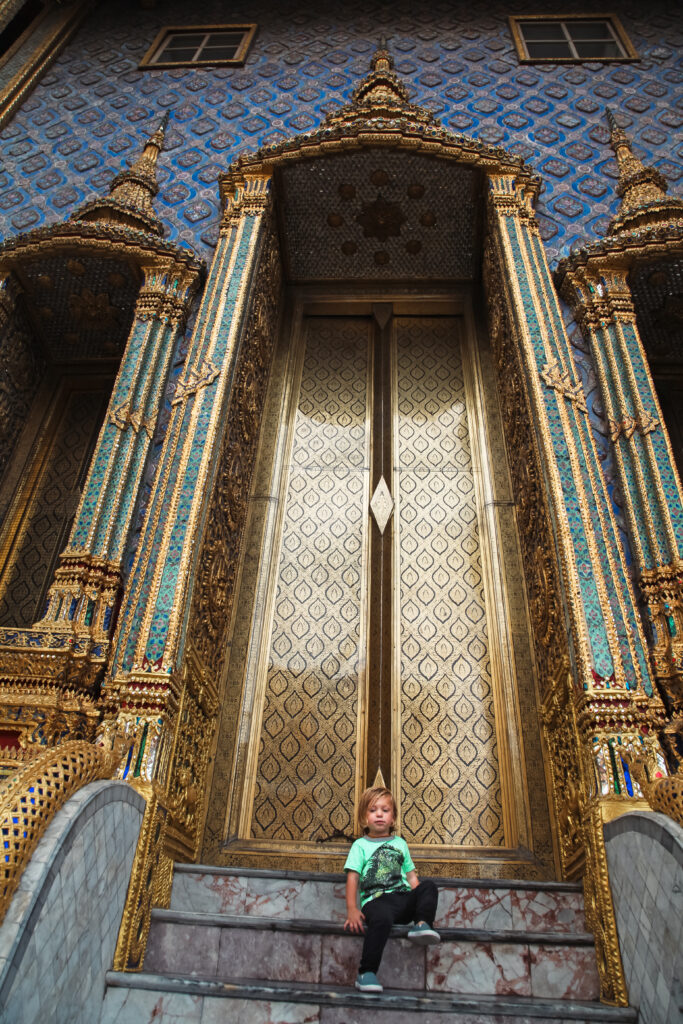

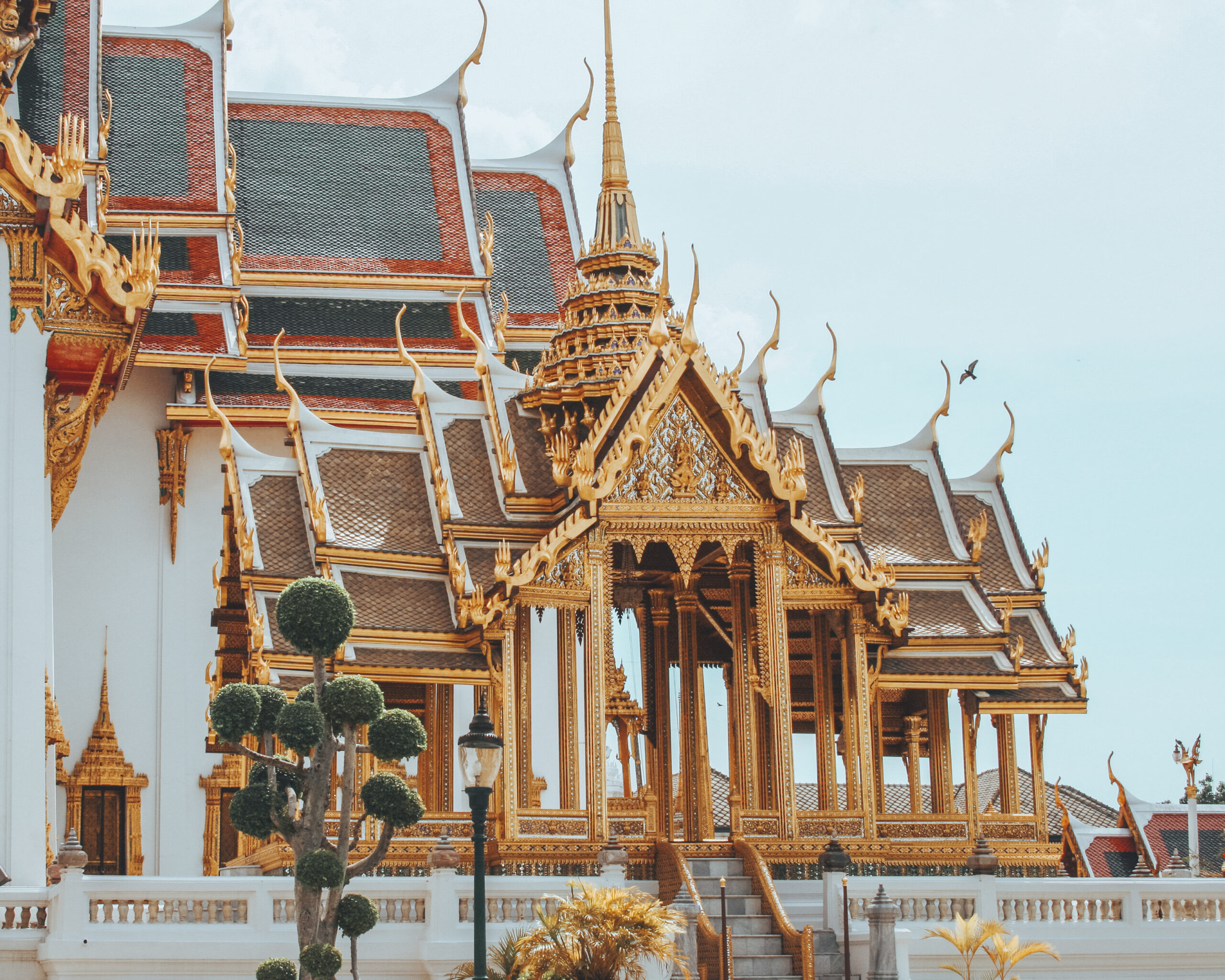
Why Visit Wat Pho
Here’s why this iconic temple is a must-visit:
Iconic Statue: The temple is home to the magnificent Reclining Buddha statue, one of the largest and most beautiful of its kind. The statue’s grandeur and the symbolism of the Buddha’s peaceful entry into Nirvana is a sight to behold.
Birthplace of Thai Massage: Wat Pho is considered the birthplace of traditional Thai massage, with its on-site school offering courses and services. Experiencing a massage here connects you directly to this centuries-old healing practice.
Architectural and Artistic Splendor: The temple complex boasts stunning architecture, intricate murals, and detailed sculptures that exemplify Thai creativity and craftsmanship. Exploring these artistic treasures offers insight into Thailand’s rich cultural heritage.
Spiritual Experience: For those seeking a moment of tranquility or spiritual connection, Wat Pho provides a serene atmosphere amidst the bustling city. The temple’s grounds and prayer halls offer spaces for reflection and meditation.
Cultural Heritage Site: As one of Bangkok’s oldest temples, Wat Pho holds a special place in the city’s history. Visiting allows you to step back in time and appreciate the enduring legacy of Thai Buddhism and royal patronage.
Educational Journey: Beyond its beauty and spirituality, Wat Pho serves as a center for learning, with inscriptions and illustrations on medicine, history, and literature throughout the complex. It’s an educational journey into the knowledge preserved by Thai monks over centuries.
Proximity to Other Attractions: Located near the Grand Palace and the Chao Phraya River, Wat Pho is part of Bangkok’s historic center, making it an essential stop in a day of sightseeing. Its location allows for easy access to other major attractions.
In essence, Wat Pho offers more than just a visit to a temple; it’s an immersive experience that touches on history, spirituality, art, and wellness. Whether you’re marveling at the Reclining Buddha, soaking up the temple’s peaceful ambiance, or learning about traditional Thai massage, Wat Pho is a testament to the beauty and depth of Thai culture.
3. Wat Arun: A Beacon of Bangkok
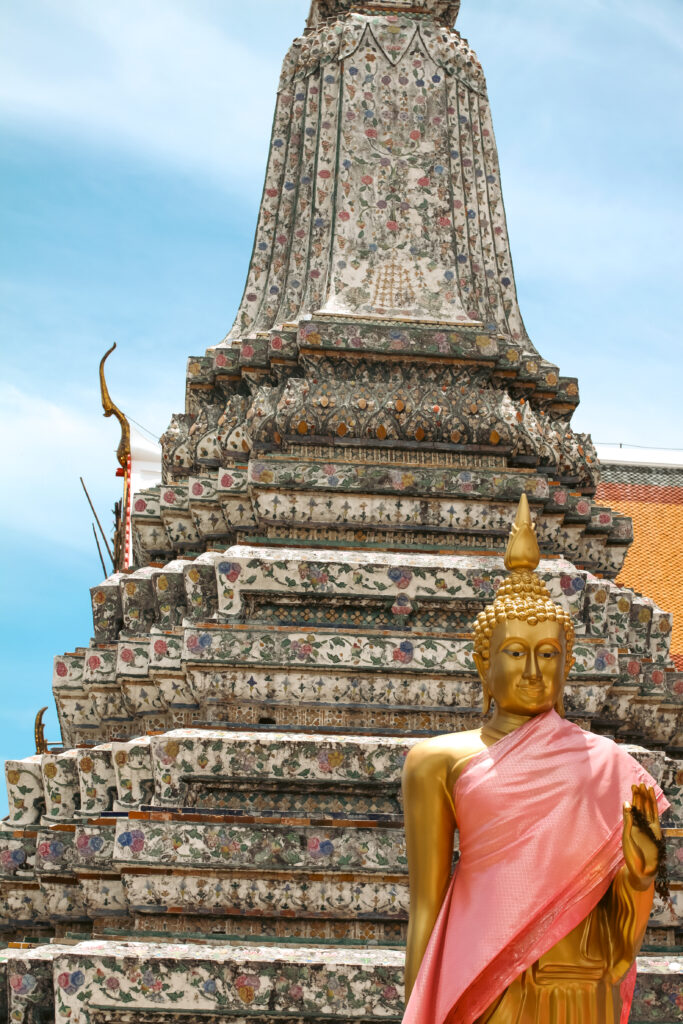

Price: A nominal entry fee of around 50 THB (price may vary) grants you access to this architectural marvel, making it an affordable yet enriching experience for every visitor.
Best Time to Visit: The magic of Wat Arun truly comes alive either early in the morning as the sun rises or late afternoon as it sets. These moments not only offer the best light for photographs but also a cooler temperature for exploration.
How to Get There: Wat Arun is easily accessible via the Chao Phraya River. Hop on a ferry from the Tha Tien pier near Wat Pho, and you’ll find yourself at the gates of Wat Arun in just a few minutes. This short ferry ride not only adds to the adventure but also offers a fresh perspective of Bangkok from the water.


Brief History
Wat Arun, known as the Temple of Dawn, has been a significant spiritual site since the Ayutthaya Kingdom. Originally named Wat Makok, it was renamed by King Taksin during the establishment of Thonburi as the capital. The temple housed the Emerald Buddha before it was moved to Wat Phra Kaew. Its iconic prang (spire) was constructed in the early 19th century under Kings Rama II and III. Wat Arun stands on the Thonburi side of the Chao Phraya River, embodying the radiance of the rising sun. For more detailed history, visit Wikipedia’s page on Wat Arun.
Where to Stay When Visiting Wat Arun
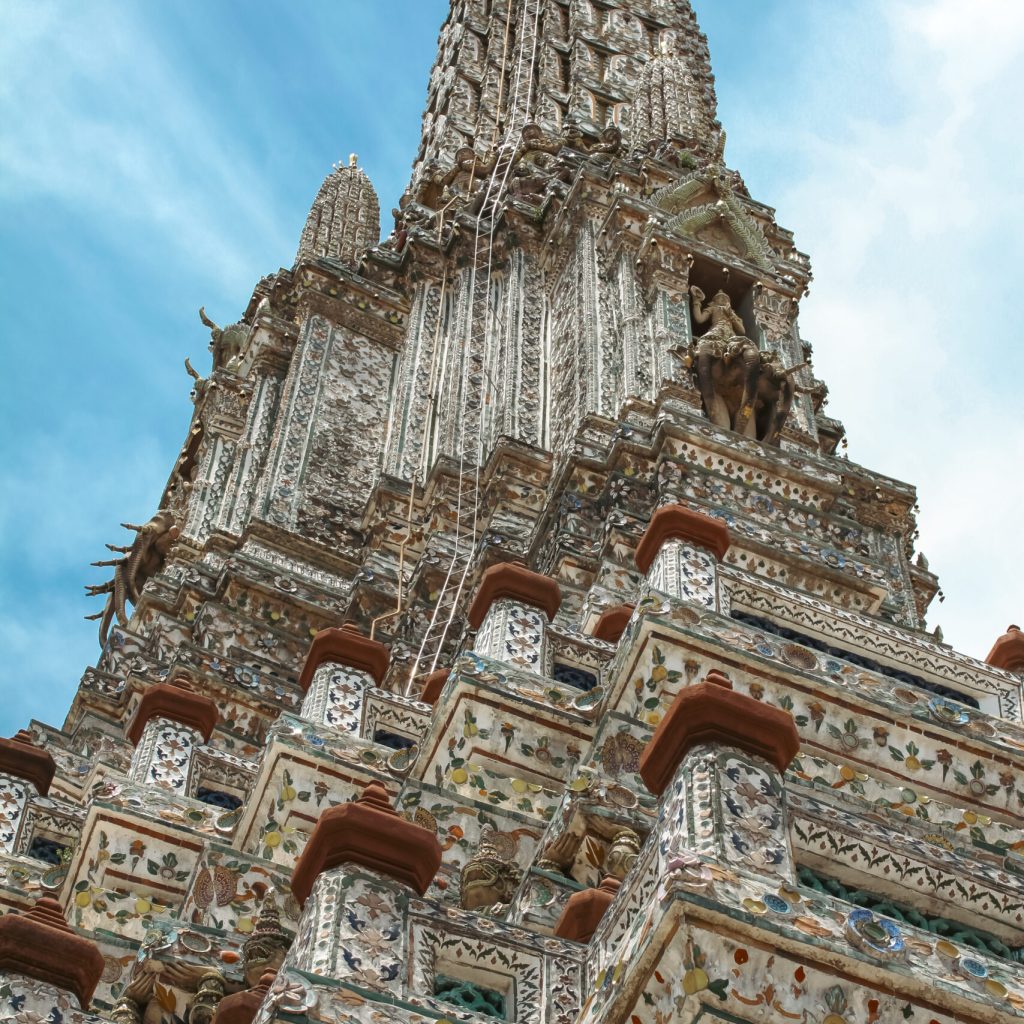
For a memorable visit to Wat Arun, consider these top accommodations nearby, each offering unique features and convenient access to the temple:
Riva Arun Bangkok: A stylish boutique hotel with stunning views of Wat Arun and luxurious amenities.
Arun Residence: Offers cozy rooms with direct views of Wat Arun, perfect for a cultural immersion.
Theatre Residence: Features spacious accommodations with modern Thai decor and easy access to local attractions.
Sala Rattanakosin: Situated on the riverbank, this hotel provides exceptional views of Wat Arun and a contemporary stay experience.
These options cater to a range of preferences, ensuring a comfortable base as you explore Wat Arun and its surroundings.
Why Visit Wat Arun
Visiting Wat Arun, the Temple of Dawn, offers a unique blend of historical, architectural, and cultural experiences. The temple’s striking prang, adorned with vibrant porcelain, symbolizes the birth of the Rattanakosin Period and the founding of Bangkok. It provides breathtaking views of the sunrise and sunset over the Chao Phraya River, making it a photographer’s dream. Its rich history and stunning design reflect the beauty and spirituality of Thai culture, making it a must-visit landmark in Bangkok.
4. Ayutthaya: The Serene Remnants of Siam's Golden Age


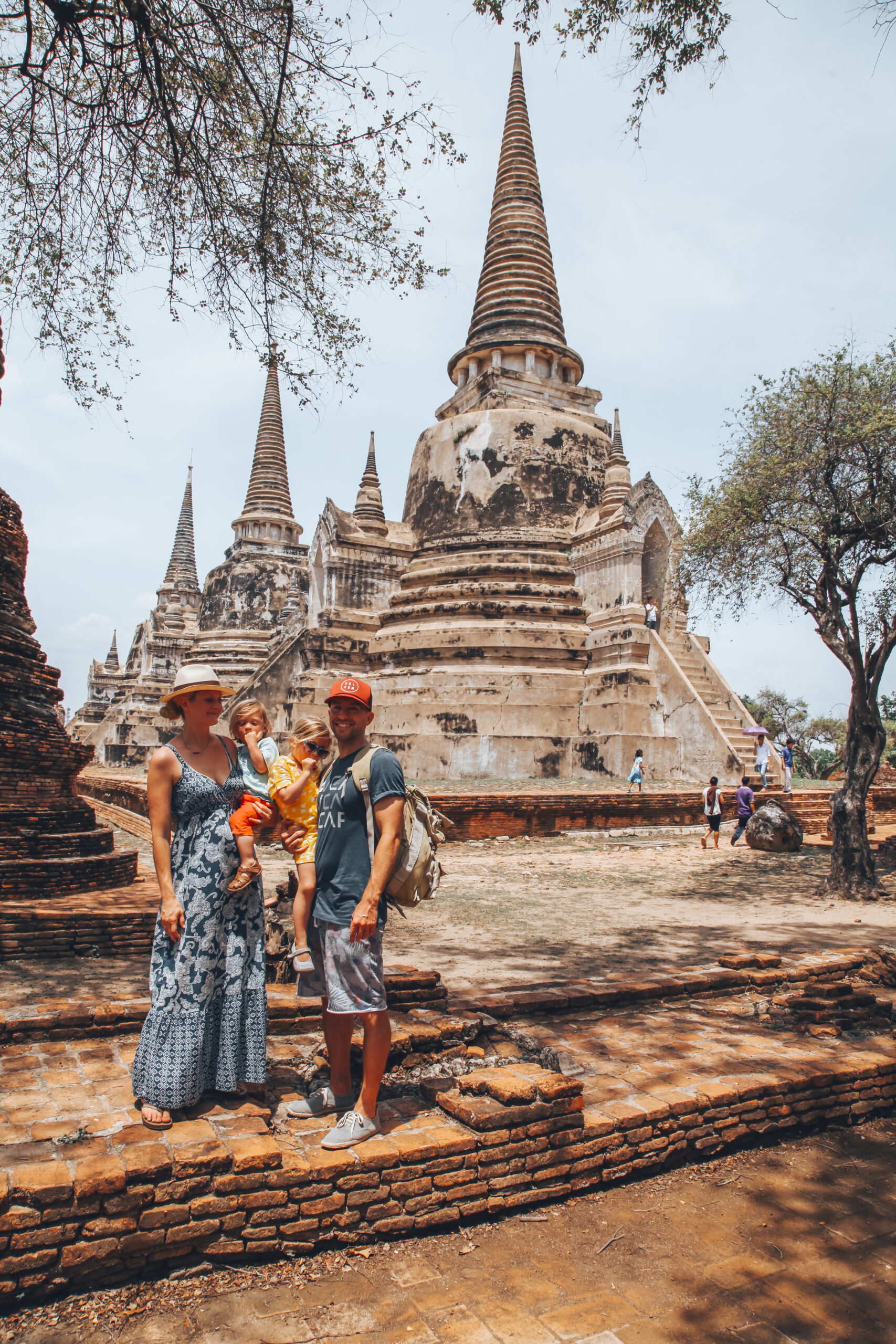
Price: Entry to most temples and historical sites is free, though some major sites charge a small fee, generally around 50 THB.
Best Time to Visit: The best time to visit is from November to February when the weather is cooler and drier.
How to Get There: Ayutthaya is easily accessible from Bangkok by train, bus, or boat, offering a scenic journey to this ancient city. Each mode of transport provides a unique experience, whether you’re looking for convenience, affordability, or the chance to enjoy Thailand’s natural and historical landscapes along the way.
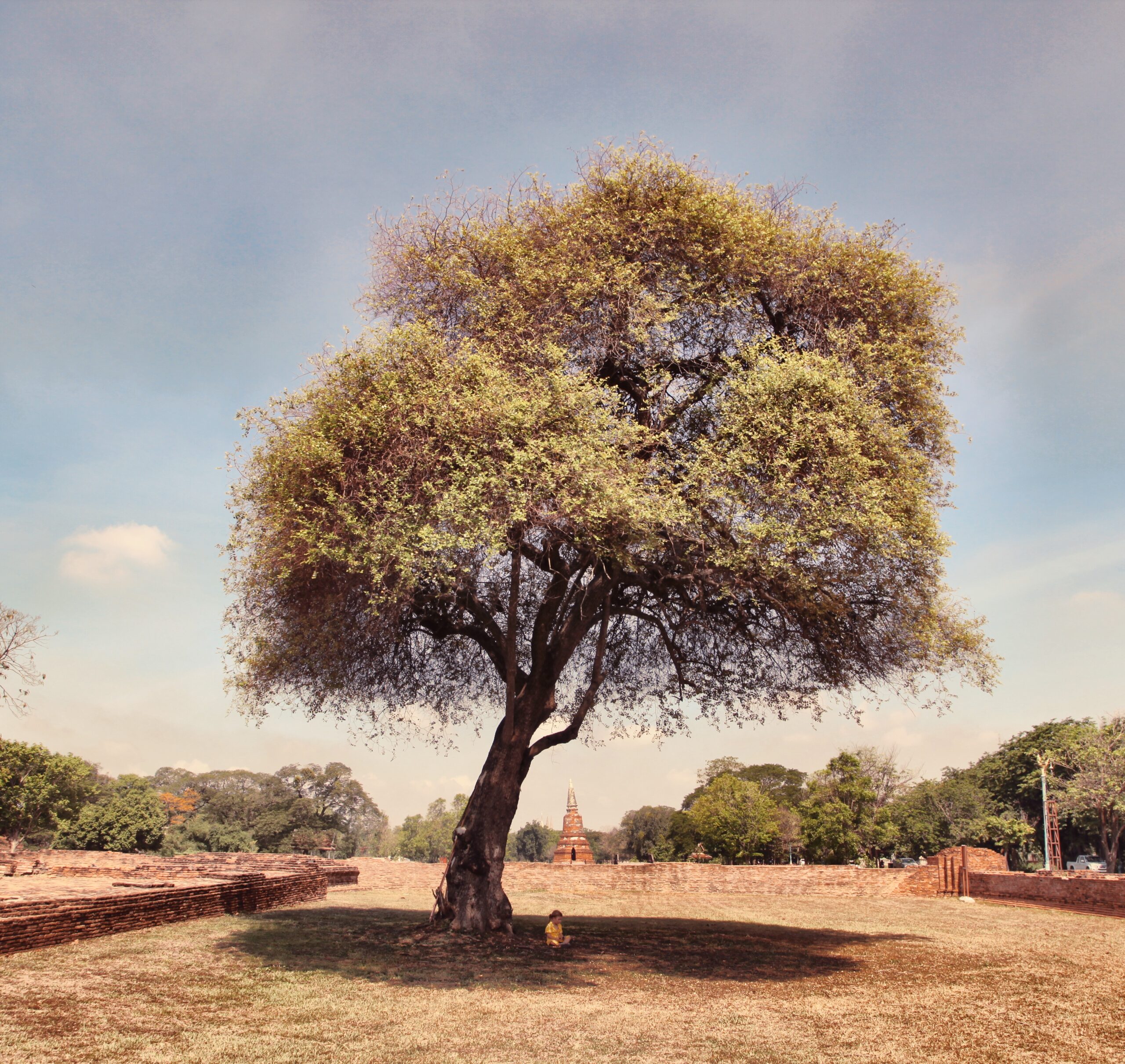

brief history
Ayutthaya, founded in 1350, was the second capital of the Siamese Kingdom. Flourishing from the 14th to the 18th centuries, it became one of the world’s largest urban areas and a center of global diplomacy and commerce. The city was strategically located on an island surrounded by three rivers connecting it to the sea, safeguarding it from invasion. Ayutthaya’s wealth and power were evident in its magnificent palaces, temples, and statues, until it was destroyed by the Burmese army in 1767, leaving behind a vast archaeological site.
Where to Stay When Visiting Ayutthaya
For a memorable stay in Ayutthaya, consider these top accommodations:
- Classic Kameo Hotel & Serviced Apartments: Offers modern comfort with a traditional twist, perfect for longer stays.
- Sala Ayutthaya: Located right on the riverbank, this hotel provides stunning views of ancient temples and stylish, contemporary rooms.
- iuDia Hotel: A boutique option with a cozy atmosphere, offering easy access to the historical park.
- Baan Thai House: Ideal for those seeking a tranquil retreat, set in beautiful gardens and close to major attractions.

Why Visit Ayutthaya
Visiting Ayutthaya offers a unique glimpse into Thailand’s rich history, with its ruins showcasing the grandeur of its past as the Siamese kingdom’s capital from the 14th to the 18th centuries. It’s a place where you can explore magnificent temples, towering statues, and vast monasteries, all set within a scenic landscape. Ayutthaya is not just a historical site; it’s a testament to the cultural, architectural, and spiritual legacy of Thailand, making it an essential visit for history buffs, culture enthusiasts, and anyone looking to understand the roots of Thai civilization.
5. Khao San Road: The Vibrant Heartbeat of Bangkok's Backpacker Universe
Price: Visiting Khao San Road itself is free, as it’s a public street in Bangkok. The costs come from what you choose to do there: dining at local eateries, shopping at street stalls, attending a ping-pong show, or enjoying the nightlife.
Best Time to Visit: The best time to visit is in the evening when the road transforms into a bustling hub of activity.
How to Get There: Getting there is easy via taxi, tuk-tuk, or bus, as it’s well-known and centrally located.



Brief History
Khao San Road’s history is deeply intertwined with Bangkok’s development. Originally a rice market, its name translates to “milled rice.” In recent decades, it has transformed into a backpacker’s haven, known for its affordable accommodations, diverse food options, and vibrant nightlife. This transformation began in the 1980s, coinciding with the global backpacking movement, turning Khao San Road into a cultural melting pot and a must-visit destination for travelers seeking to experience the heart of Bangkok’s cosmopolitan and eclectic charm. This is the place Leonardo DiCaprio went to for drugs early in the movie The Beach!
Where to Stay When Visiting Khao San Road
When visiting Khao San Road, consider these accommodations:
- Rikka Inn: Offers a modern, budget-friendly stay with a rooftop pool, perfect for travelers looking to be in the heart of the action while having a comfortable retreat.
- D&D Inn: Features a rooftop pool with views of the bustling street below, providing a serene escape with easy access to nightlife and street food.
- Villa Cha-Cha Banglumphu: A mid-range option that blends traditional Thai design with modern amenities, offering a peaceful atmosphere just steps from the excitement.
- Buddy Lodge: Combines convenience and comfort with its prime location on Khao San Road, ideal for those who want to immerse themselves in the vibrant local scene.
Why Visit Khao San Road
Because it’s cool (or, at least, was)! Khao San Road is the epitome of Bangkok’s vibrant street life, offering a unique blend of cultural and modern experiences. It’s a place where travelers from all walks of life come together, making it perfect for those looking to dive into a lively atmosphere, enjoy affordable shopping, dining, and nightlife, and experience the city’s backpacker culture. Its eclectic mix of vendors, entertainers, and services also makes it an ideal spot for visitors seeking a taste of Bangkok’s dynamic urban life in a single location. Now, I will say that in 20 years the type of travelers encountered on “The Road” has gone from a very European-heavy populace to a very Chinese-heavy populace. So, the partying has died down a lot. But, this road is one of my first loves. So, I’ll always return.
6. Kanchanaburi: Where History Meets Natural Splendor

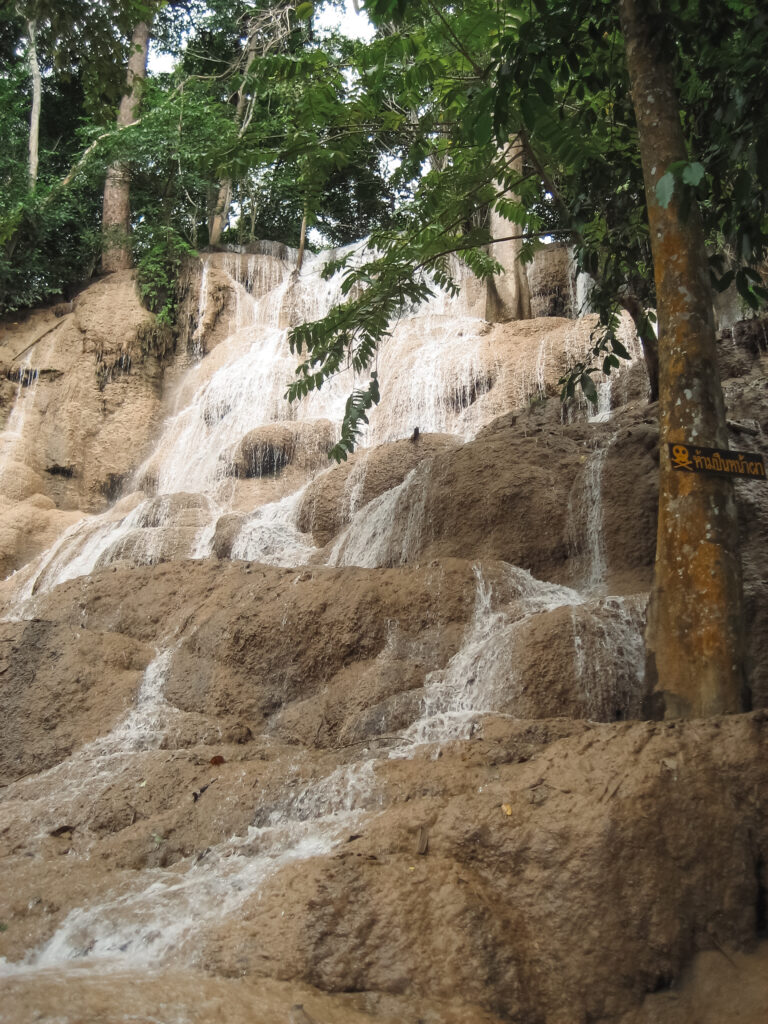
Price: The cost of traveling to Kanchanaburi varies depending on your mode of transportation. Taking a bus or a train from Bangkok is generally affordable, with prices ranging depending on the class of travel. Renting a car for more flexibility might cost more but offers the advantage of exploring at your own pace.
Best Time to Visit: The best time to visit is from November to February, when the weather is cooler.
How to Get There: To reach Kanchanaburi from Bangkok, you have several options. Taking a bus from Bangkok’s Southern Bus Terminal is a popular and economical choice, offering regular services. Alternatively, you can catch a train from Thonburi Railway Station for a scenic route along the river. Driving or hiring a taxi provides more flexibility and convenience, with the journey taking around 2 to 3 hours via National Highway 323. Each option offers a different experience, catering to varying preferences and budgets.
Brief History
Kanchanaburi, known for its natural beauty and historic significance, is deeply rooted in World War II history. This town’s history stretches further back, with archaeological evidence suggesting ancient civilizations. Today, it stands as a place of remembrance and natural wonders, attracting those interested in its storied past and picturesque landscapes.
The River Kwai, known globally for the infamous “Death Railway” built during World War II, is located in Kanchanaburi, Thailand. This railway, constructed by prisoners of war under the Japanese occupation, was intended to support Japanese forces. The construction resulted in significant loss of life due to harsh conditions, making the river and its bridge poignant symbols of wartime suffering and human resilience. Today, the River Kwai serves as a reminder of past atrocities while offering serene natural beauty and a peaceful retreat. Finally, if you haven’t yet, please watch the movie Bridge on the River Kwai. It’s a classic.


Where to Stay When Visiting Kanchanaburi
When visiting Kanchanaburi, consider staying at one of these accommodations for a memorable experience:
- The FloatHouse River Kwai: This resort offers unique floating villas on the River Kwai, blending luxury with nature.
- River Kwai Jungle Rafts: Experience eco-friendly accommodations with rooms floating on the river, offering a serene escape.
- U Inchantree Kanchanaburi: A boutique hotel with stunning river views and modern amenities, close to major attractions.
- Dheva Mantra Resort & Spa: Offers a lavish retreat with spacious rooms and a tranquil setting, perfect for relaxation after exploring.
Each place provides a distinct experience, from eco-friendly stays to luxurious retreats, ensuring a comfortable base for your Kanchanaburi adventures.
Why Visit Kanchanaburi and the River Kwai
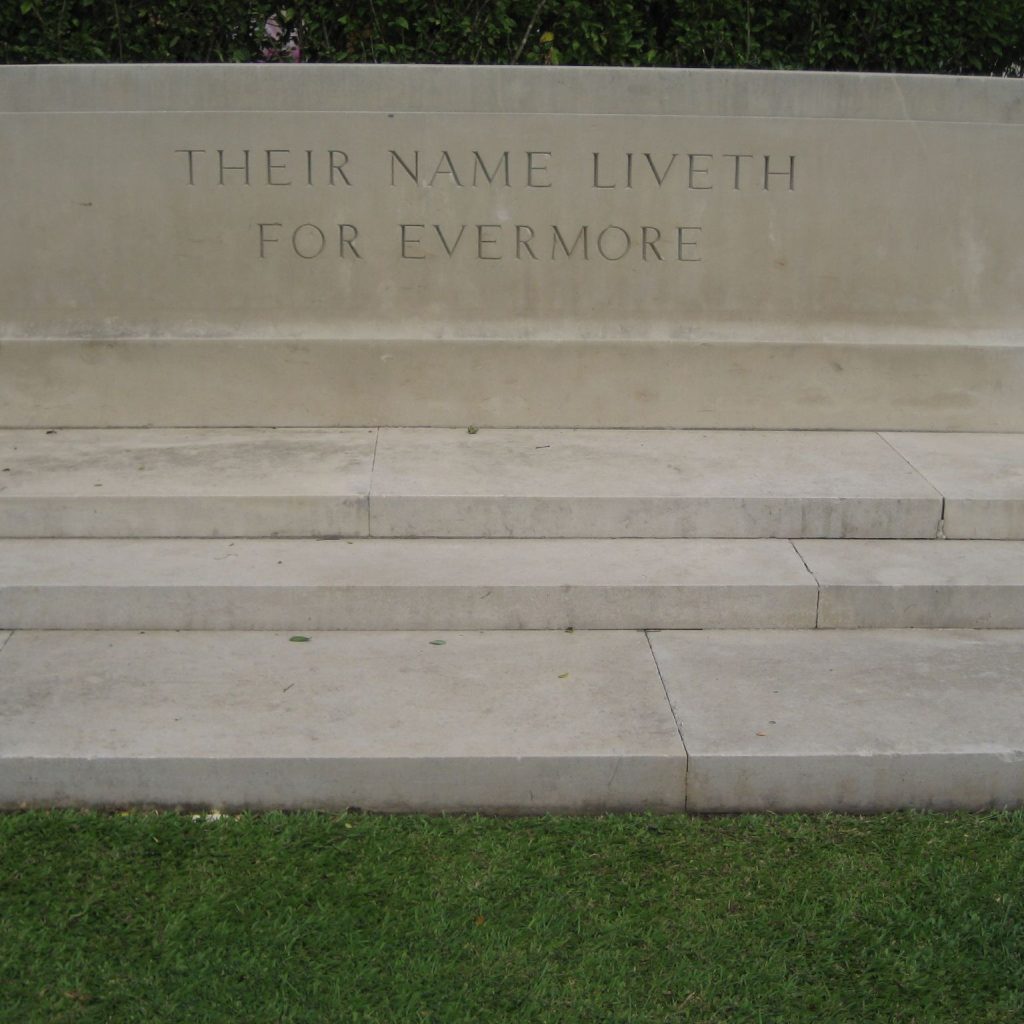
Visiting Kanchanaburi offers a profound experience combining historical insight and natural beauty. The town is renowned for the River Kwai Bridge, part of the Death Railway, symbolizing human resilience and remembrance. Beyond its World War II significance, Kanchanaburi is a gateway to stunning landscapes, including Erawan Falls and Sai Yok National Park. It’s a destination that offers peaceful retreats by the river, adventurous treks, and a deep dive into poignant history, making it a must-visit for both history enthusiasts and nature lovers.

7. Floating Markets: Thailand's Vibrant Waterborne Bazaars
Price: Visiting Thailand’s floating markets can range from free entry to small fees for boat tours, typically around 100 to 200 THB. Costs vary depending on the market, activities, and whether you opt for guided tours. Each market has its unique offerings, from boat rentals to buying local goods and food, so spending can vary based on what experiences you choose to indulge in during your visit.
Best Time to Visit: The best time to visit floating markets in Thailand is early in the morning, around 7:00 to 9:00 AM, before the crowds arrive and the heat becomes intense. This timing allows for a more authentic experience, cooler weather, and the opportunity to see the markets at their most lively and colorful as vendors set up their stalls and boats.
How to Get There: To visit Thailand’s floating markets, you can take a local bus, taxi, or join a guided tour from Bangkok or nearby cities. Many tourists opt for organized tours for convenience and to gain insights from experienced guides. For a more adventurous approach, renting a car or using public transport allows for a flexible itinerary, letting you explore at your own pace. Each market has different access points, so planning your route based on the specific market you wish to visit is essential.
Brief History
Thailand’s floating markets date back to a time when water transport played a key role in daily life, with communities thriving along rivers and canals. These markets were essential for trade, given the country’s vast network of waterways. Today, they serve as a link to Thailand’s past, offering a glimpse into traditional ways of living, while also adapting to cater to tourists, showcasing vibrant local produce, crafts, and a unique way of life that has persisted through centuries.
Where to Stay When Visiting the Floating Market
For a visit to the floating markets, consider these accommodations for a comfortable and convenient stay:
- Maikaew Damnoen Resort: Nestled close to the Damnoen Saduak Floating Market, this resort offers a tranquil escape with traditional Thai architecture and modern amenities.
- Amphawa Na Non Hotel & Spa: A chic and comfortable hotel offering easy access to the Amphawa Floating Market, with spa services to relax after a day of exploration.
- Baan Amphawa Resort & Spa: Experience traditional Thai hospitality in a lush setting, ideal for those visiting Amphawa Floating Market.
- The Antique Riverside Resort: Located near various floating markets, this resort blends antique charm with riverside views, providing a serene base for market visits.
Why Visit the Floating Market
Visiting Thailand’s floating markets offers a unique blend of cultural immersion, culinary exploration, and picturesque scenery. These markets, bustling with boats laden with fresh produce and local wares, provide a glimpse into traditional Thai life. It’s an opportunity to sample authentic Thai dishes, shop for handmade crafts, and capture stunning photographs. Floating markets are not just shopping venues; they are vibrant, living museums showcasing Thailand’s rich heritage and the importance of rivers in local livelihoods.
8. Thailand's Thai Massage and Fish Spa Wonders - Unwind and Rejuvenate

Price: The price for a traditional Thai massage or a fish spa experience in Thailand varies widely based on the location, the establishment’s prestige, and the session length. Generally, a one-hour Thai massage can cost from 200 THB to over 1,000 THB in upscale spas. Fish spa treatments are similarly priced, depending on the duration and the type of establishment. It’s advisable to explore various options to find the best experience that fits your budget and preferences.
Best Time to Visit: The best time to visit a Thai massage and fish spa is typically during the mid-morning or late afternoon hours when these establishments are less crowded, offering a more serene experience. However, it’s always a good idea to book in advance, especially if you’re visiting a popular spa. This timing allows you to relax deeply without the rush of peak hours, enhancing the therapeutic benefits of your treatment.
How to Get There: To visit a Thai massage or fish spa in Thailand, you can easily find options in major tourist areas, cities, or local neighborhoods. They’re everywhere! Most spas are accessible by local transport methods such as tuk-tuks, taxis, or public transit like the BTS in Bangkok. For specific locations, it’s best to search online or ask for recommendations at your accommodation. Booking in advance can also secure your spot and often, the establishment can provide directions or transportation advice.
Brief History
Thai massage, rooted in ancient healing practices over 2,500 years old, combines acupressure, Indian Ayurvedic principles, and assisted yoga postures for therapeutic effect. Originating in India, it spread to Thailand along with Buddhism. Fish spa therapy, involving small fish nibbling dead skin from feet, is a more modern wellness trend believed to originate from Turkey, offering a unique form of exfoliation and skin care, popularized globally for its novelty and perceived health benefits.
Why Visit a Thai Massage Center or Fish Spa
Visiting a Thai massage center or fish spa is a unique opportunity to experience Thailand’s renowned approach to wellness and relaxation. Thai massage, known for its therapeutic and rejuvenating properties, combines acupressure, yoga postures, and stretching to relieve tension and enhance flexibility. Fish spas offer a novel form of exfoliation, leaving your skin soft and rejuvenated. Both experiences reflect the country’s holistic health traditions, making them a must-try for visitors seeking relaxation and a deeper connection with Thai culture.
9. Lebua Hotel: Elevating Bangkok Stays to Luxurious Heights
This hotel was an amazing place to stay. The rooftop bar and restaurant are iconic. And the lounge act – perched on a stage way up high – where they personally sang Happy Birthday to me, was incredibly memorable. AND THEN THE HOTEL SHOWED UP IN THE MOVIE THE HANGOVER. I mean, how cool is that?


Price: The price of staying at the Lebua Hotel in Bangkok can vary widely based on room type, season, and booking platform. It ranges from luxurious suites to more affordable options, all offering access to the hotel’s famous amenities and sky bar. You can check the price here.
How to Get there: To reach the Lebua Hotel in Bangkok, you can take a taxi or a private car directly to the hotel’s address at State Tower, Silom Road. The closest BTS Skytrain station is Saphan Taksin, which is a short walk or a quick taxi ride away. Additionally, the hotel may offer shuttle services or private transfers, which can be arranged in advance for convenience.
Brief History
Lebua at State Tower in Bangkok is renowned for its luxury and distinctive silhouette against the city’s skyline. Even before the movie The Hangover, Lebua had established itself as a premier destination for upscale travelers. Known for its world-class service, exquisite dining options, including the famous Sky Bar, and breathtaking city views, Lebua offers an unmatched experience in the heart of Bangkok, making it a symbol of hospitality excellence and architectural beauty in Thailand.
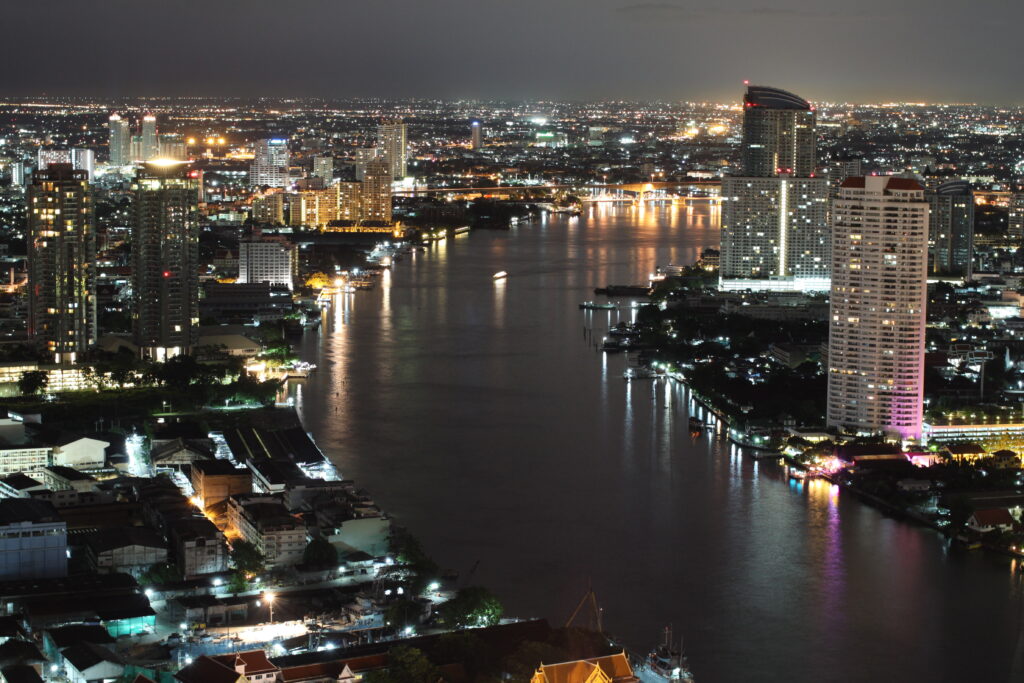
Why Visit Lebua Hotel
Visiting Lebua Hotel in Bangkok is a chance to immerse in unparalleled luxury, from dining at the world-renowned Sky Bar with its breathtaking views to enjoying sumptuous suites that blend comfort with elegance. Lebua’s commitment to excellence is evident in its meticulous service, gourmet dining experiences, and strategic location that offers easy access to Bangkok’s cultural landmarks. It’s an ideal choice for those seeking to indulge in the pinnacle of hospitality, culinary delight, and panoramic cityscapes, making every stay memorable.
Frequently Asked Questions (FAQs) About the Best Things to do in Bangkok
What is Bangkok most famous for?
Bangkok is most famous for its vibrant street life, grand palaces like the Grand Palace, and iconic temples such as Wat Arun and Wat Pho. It’s also renowned for its bustling markets, including the Chatuchak Weekend Market, its delicious street food, and the nightlife districts of Khao San Road and Patpong. The city’s network of canals, offering floating markets and traditional boat rides, adds to its charm. Bangkok’s blend of historical richness and modern dynamism makes it a unique destination.
What is the No 1 best tourist attraction in Thailand?
The Grand Palace in Bangkok often ranks as the number one tourist attraction in Thailand. This historic complex, which served as the official residence of the Kings of Thailand from the 18th century, is renowned for its stunning architecture, intricate details, and the sacred Wat Phra Kaew, which houses the Emerald Buddha. Its rich history and cultural significance make it a must-visit landmark for travelers seeking to explore Thai heritage and royal traditions.
What are the do's and don'ts in Bangkok?
In Bangkok, it’s important to respect local customs and etiquette to ensure a pleasant visit. Do dress modestly when visiting temples, remove your shoes before entering someone’s home or a temple’s main hall, and always show respect towards images of the Buddha and the Royal Family. Don’t touch anyone’s head, point your feet at people or religious objects, and avoid public displays of affection. Also, be mindful of your behavior and maintain polite conduct in public spaces to honor Thai cultural sensitivities.
What is the nicest part of Bangkok?
The nicest part of Bangkok often depends on individual preferences, but many consider the Riverside area to be particularly appealing. This area, known for its scenic views of the Chao Phraya River and historic sites, offers a mix of luxury hotels, fine dining, and cultural attractions. It provides a tranquil escape from the city’s hustle while still being close to major landmarks, making it a favorite for both relaxation and exploration.
What is the minimum budget for Bangkok trip?
The minimum budget for a trip to Bangkok can vary greatly depending on your travel style. For budget travelers, a daily budget could start from around $20-$30, covering basic hostel accommodations, street food meals, and public transportation. Mid-range travelers might spend between $50-$100 per day for more comfortable hotel stays, restaurant meals, and some additional activities or entertainment. Keep in mind that these are rough estimates, and costs can fluctuate based on your choices of accommodation, dining, and activities.
Final Thoughts on the Best Things to do in Bangkok
Exploring Bangkok and its iconic attractions like the Grand Palace, vibrant floating markets, and serene temples such as Wat Arun offers an unforgettable journey into the heart of Thai culture. Whether indulging in the luxury of Lebua Hotel, experiencing the therapeutic touch of a Thai massage, or navigating the lively streets of Khao San Road, Bangkok presents a diverse tapestry of experiences. With careful planning and respect for local customs, a trip to Bangkok can be both enriching and exhilarating, leaving visitors with lasting memories and a deep appreciation for Thailand’s rich heritage and warm hospitality.
